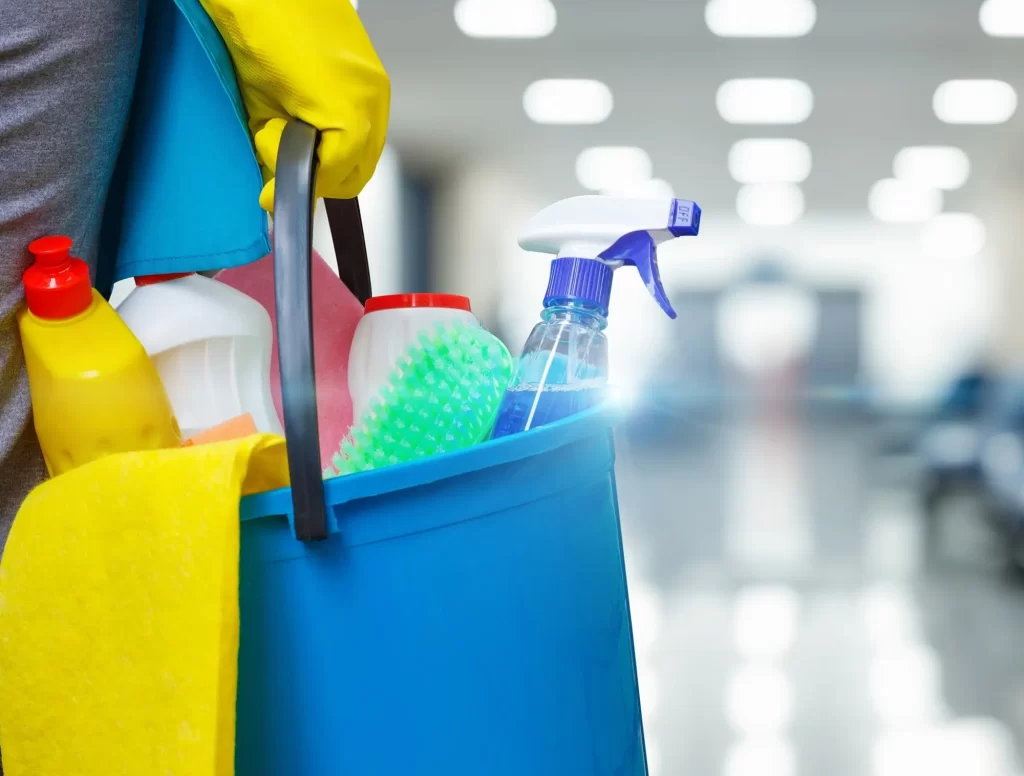Setting the bar for perfect cleaning standards every time requires a commitment to consistency, attention to detail, and a strong understanding of the best practices that ensure spaces are not only visibly clean but also hygienic and well-maintained. Achieving perfect cleaning starts with setting clear, achievable goals and standards, whether for a home, office, or commercial environment. The process involves selecting high-quality cleaning products, the right tools, and a well-trained team that knows how to apply them effectively. The aim is not just to clean surfaces but to maintain the health and well-being of those who use the space. One of the key elements in maintaining perfect cleaning standards is developing a well-structured cleaning schedule. Whether it is daily, weekly, or monthly tasks, having a routine ensures that cleaning is consistently performed, and no areas are neglected. For example, dusting, wiping surfaces, and vacuuming should be part of daily cleaning routines, while deep cleaning tasks, such as washing windows or carpets, may be scheduled less frequently.

By sticking to a regular routine, dirt and grime do not have the chance to accumulate, making each cleaning session less time-consuming and more effective. In addition to a good routine, it is crucial to use the right cleaning products and equipment. Many cleaning tasks require specialized tools, such as microfiber cloths for dusting, vacuum cleaners with high-efficiency particulate air HEPA filters, or steam cleaners for sanitizing surfaces. Using improper or low-quality products can result in ineffective cleaning and even damage surfaces. By using the right tools for the job, it is possible to ensure both cleanliness and the preservation of the environment being cleaned. Training is another critical component when setting high cleaning standards. A cleaning team must be well-informed about the products they are using, how to handle them, and click here now how to clean different surfaces properly. Properly trained staff can easily spot areas that need attention, such as fingerprints on glass or soap scum in bathrooms, and act to address them.
They should also know how to prioritize tasks based on the space’s usage and requirements, ensuring that the most frequently used areas receive the attention they deserve. Perfect cleaning standards also demand that cleanliness be approached from a holistic perspective. This means considering factors beyond just appearance, such as air quality, sanitation, and allergen control. For example, in an office setting, keeping the air clean by using air purifiers and removing allergens from carpets can significantly improve the overall environment. In homes, ensuring proper sanitation in high-touch areas like kitchens and bathrooms prevents the spread of germs and illness. Finally, achieving and maintaining perfect cleaning standards requires continuous monitoring and evaluation. This can be done by conducting regular inspections to ensure that the cleaning standards are being met and identifying areas for improvement. Feedback from those using the space, whether employees, family members, or customers, also plays an important role in identifying problem areas and adjusting cleaning practices as needed.